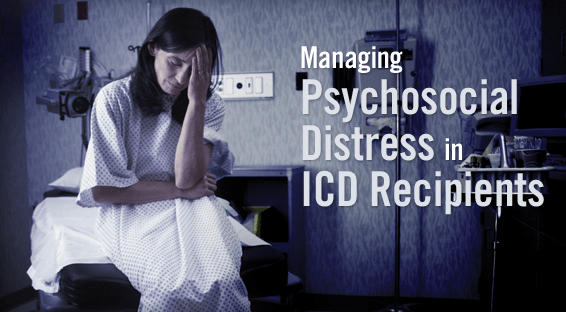THURSDAY, June 11, 2020 (HealthDay News) — The prevalence of reported symptoms of psychological distress among U.S. adults was higher in 2020 during the COVID-19 pandemic than in 2018, according to a research letter published online June 3 in the Journal of the American Medical Association.
Emma E. McGinty, Ph.D., from the Johns Hopkins Bloomberg School of Public Health in Baltimore, and colleagues conducted the online Johns Hopkins COVID-19 Civic Life and Public Health Survey from April 7 to 13, 2020, to measure the prevalence of symptoms of serious psychological distress among 1,468 U.S. adults during the COVID-19 pandemic. They compared the symptom prevalence during April 2020 to findings from the 2018 National Health Interview Survey.
The researchers found that 13.6 percent of U.S. adults reported symptoms of serious psychological distress compared with 3.9 percent in 2018. Symptoms of psychological distress were highest among young adults aged 18 to 29 years (24 percent), adults with household income <$35,000 per year (19.3 percent), and Hispanic adults (18.3 percent) versus corresponding prevalence estimates in 2018 of 3.7, 7.9, and 4.4 percent. Adults aged ≥55 years had the lowest prevalence of serious psychological distress (7.3 percent) in April 2020.
“The measure of serious psychological distress derived from the Kessler 6 scale has been shown to accurately predict serious mental illness, suggesting acute distress during COVID-19 may transfer to longer-term psychiatric disorders,” the authors write.
Copyright © 2020 HealthDay. All rights reserved.



